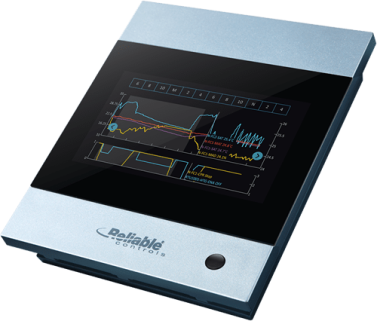
ENERGY
A global approach to reducing the cost of your building’s primary sources of energy.
ENERGY
ENERGY conservation depends greatly on how well building heating, ventilation and air conditioning (HVAC) systems are controlled while matching occupant needs. In recent years, Direct Digital Control (DDC) systems, which can easily and accurately control building HVAC systems, have become so cost-effective that they are replacing manual and electromechanical controls in retrofits, and are also being installed in almost all new buildings.
Minimizing the amount of energy used requires strategic methods of controlling the building air systems.

Three key strategies would include:
- Implementing demand ventilation, using carbon dioxide (CO2) and occupancy sensors.
- Reducing reheat energy by automatically resetting supply air temperature
- Employing optimal start-up routines to bring space to temperature after a setback period.
To employ these methods, systems should be equipped with an air quality (CO2) sensor, space temperature and humidity sensors installed in various locations, outdoor air temperature and humidity sensor and occupancy sensors that can feed signals back to the central control system.
280 Jamieson Bone Road, Unit 1
P.O. Box 713
Belleville, Ontario K8N 5S8
E: info@emcs.ca
P: 613.962.9136
TF: 1.877.811.3627
F: 613.962.2301
680 The Parkway
Peterborough ON. K9J 6W3
E: info@emcs.ca
P: 705.745.7763
F: 705.742.9367




